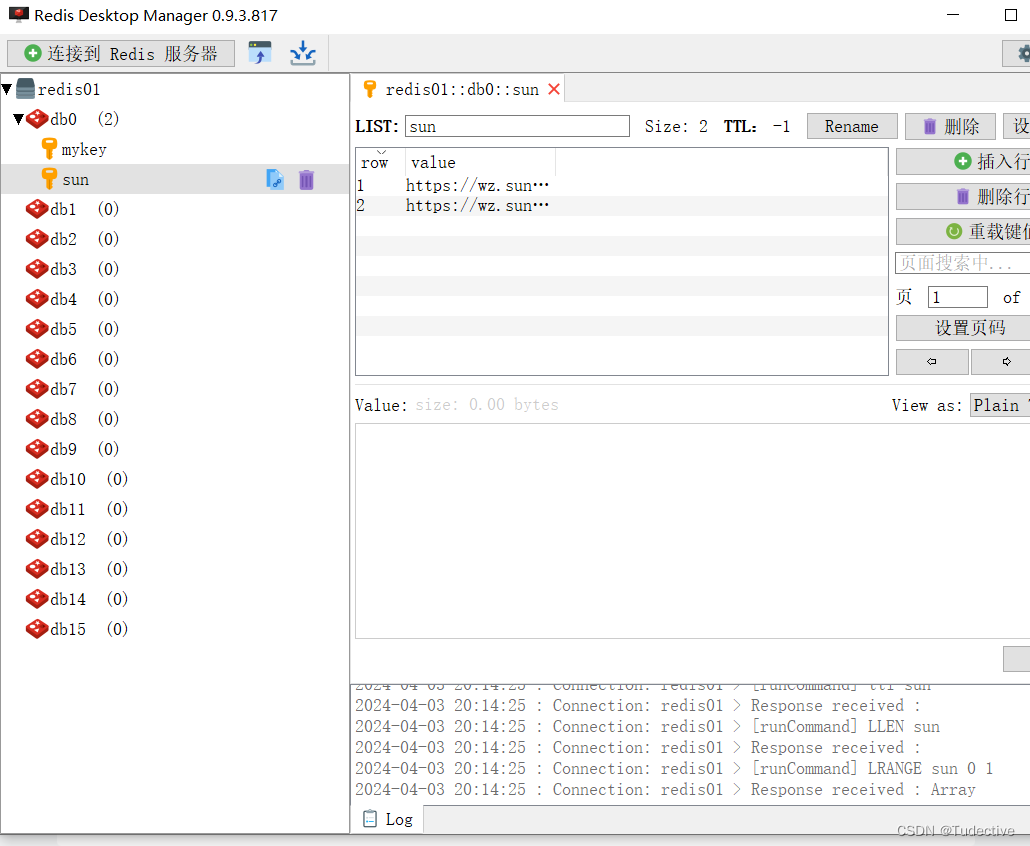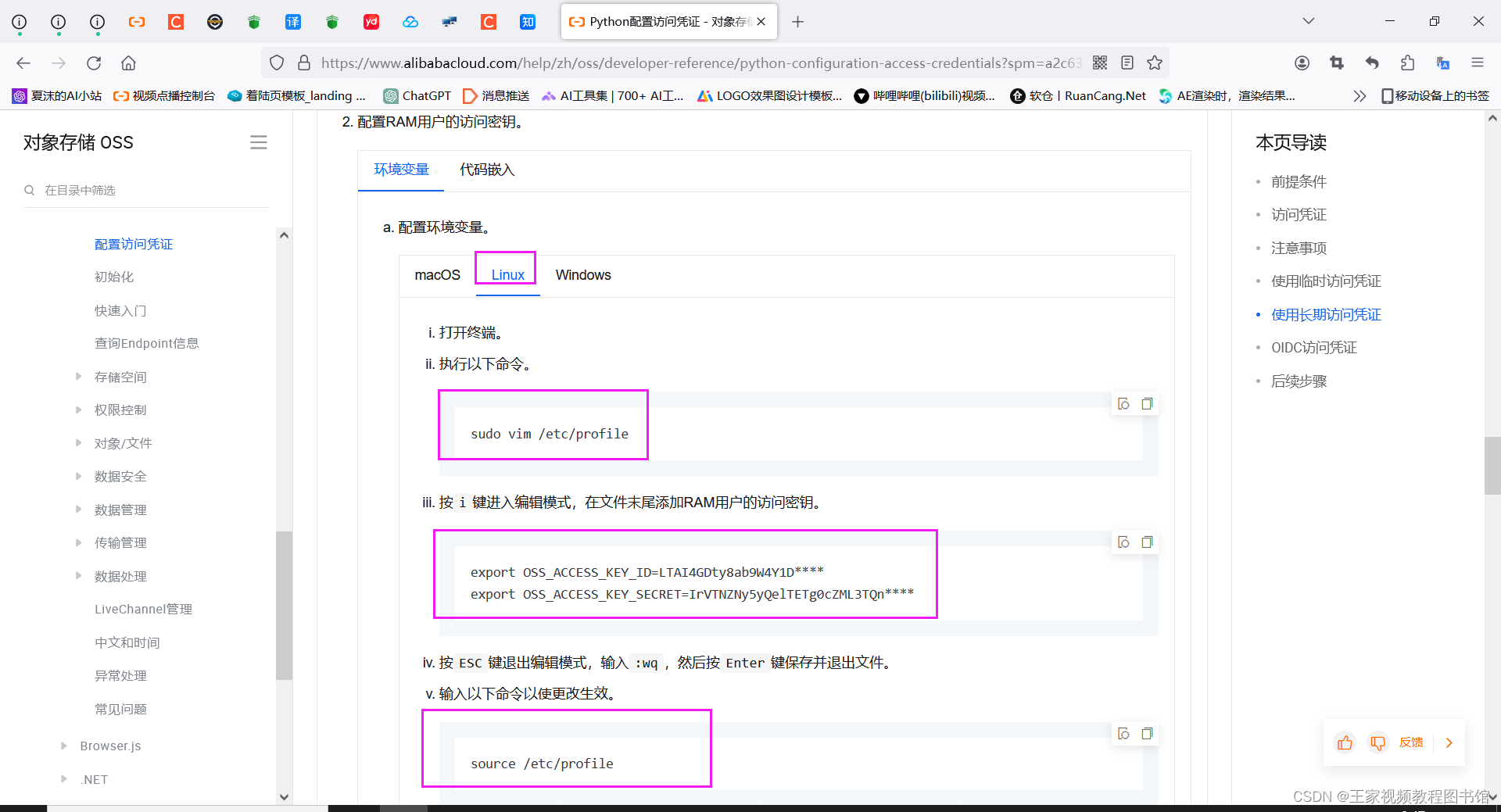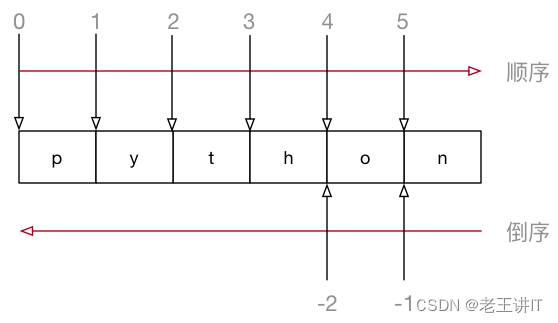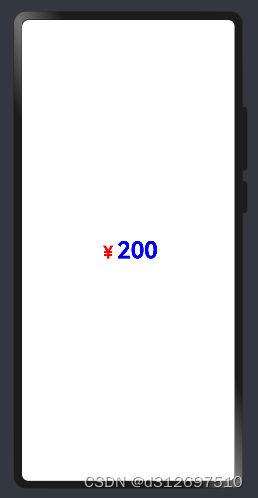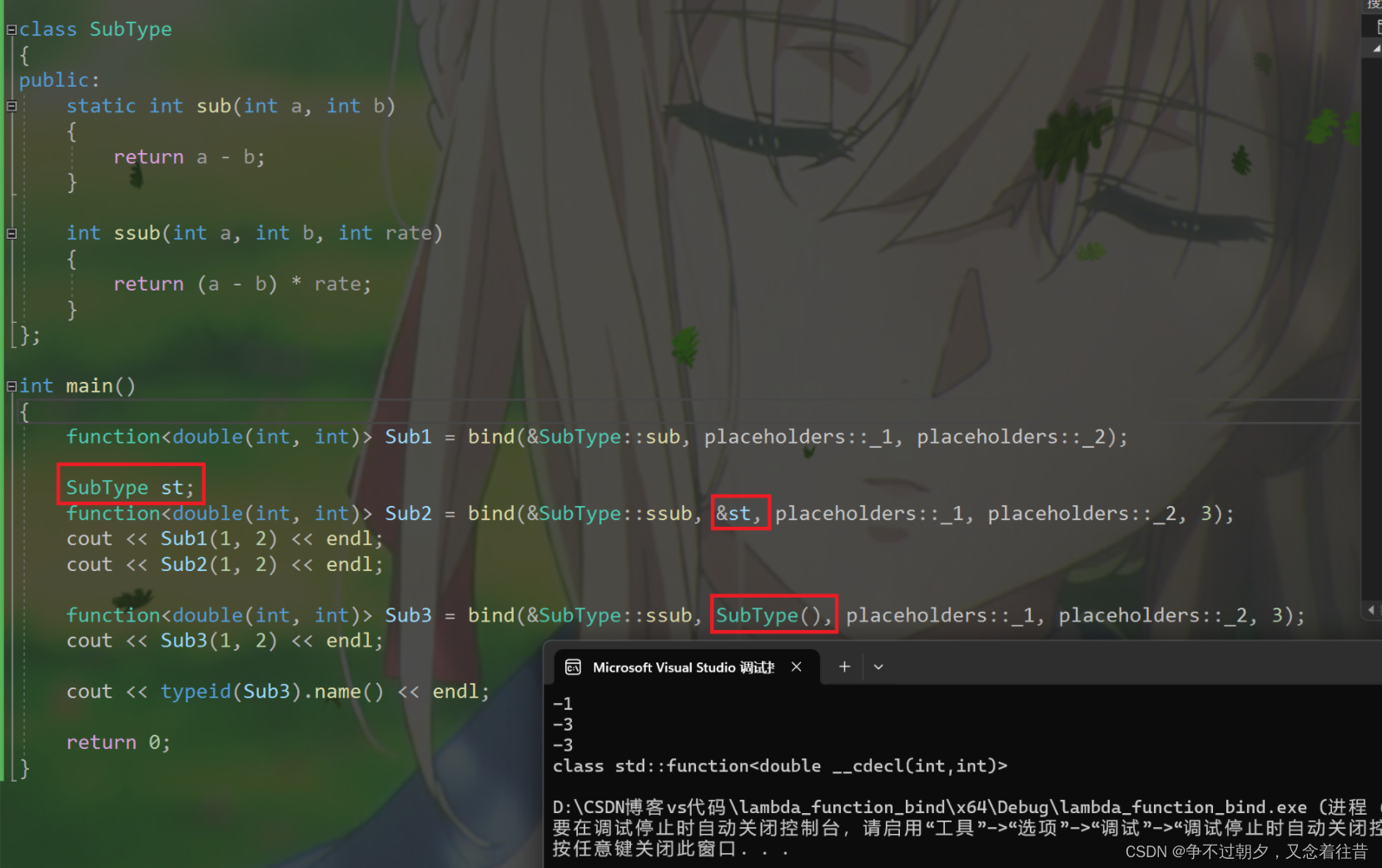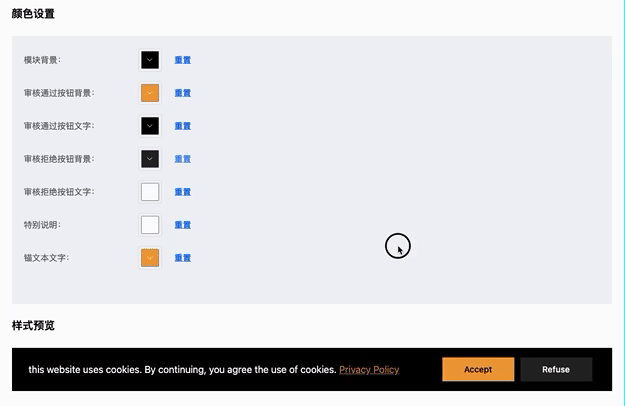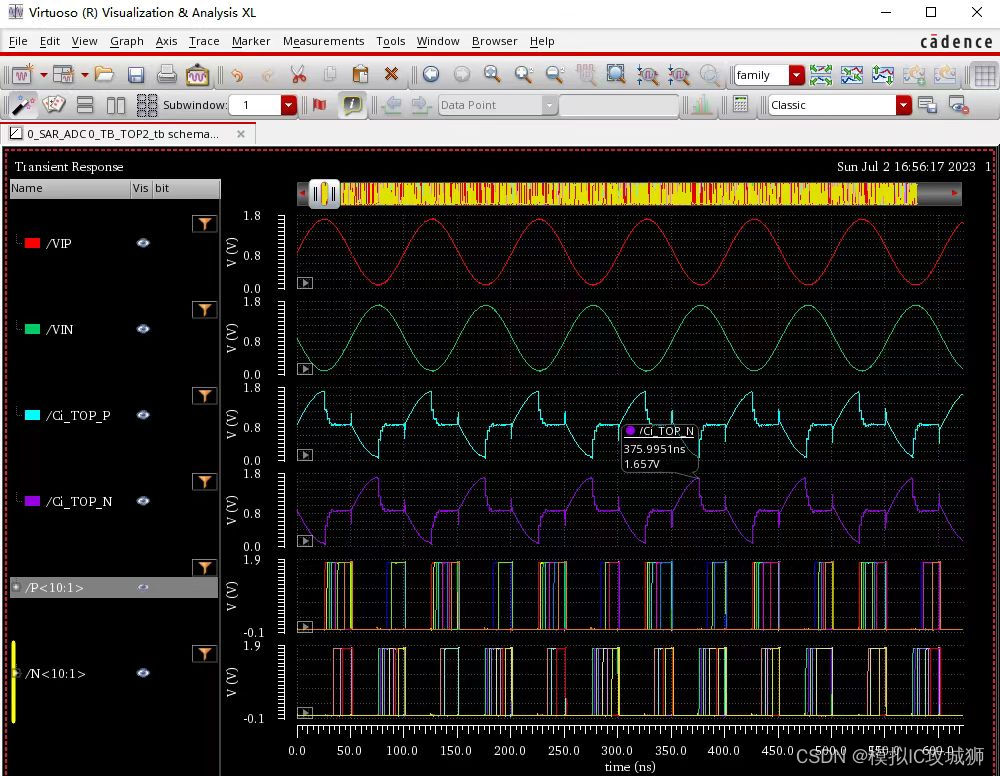keep-alive
1、目的
在使用组件时,有时我们需要将组件进行缓存,而不是重新渲染,用以提高性能,避免重复加载DOM,提升用户的体验;
keep-alive 组件可以做到这一点,它允许你缓存组件实例,而不是销毁它们,并在需要的时候重新使用它们。
2、作用
keep-alive 组件允许你缓存组件实例,而不是销毁它们,并在需要的时候重新使用它们。这可以提高性能,避免重复加载DOM,提升用户的体验。
比如:
@params currentView :当前活跃的组件名称
<keep-alive>
<!-- 动态组件 -->
<component :is="currentView"></component>
</keep-alive>
3、用法
keep-alive 在vue3中接收三个参数:
include:一个字符串或正则表达式数组,包含才会缓存该组件;用于匹配 需要 缓存的组件名称或组件实例。
exclude:一个字符串或正则表达式数组,不包含当前组件才会缓存;即用于匹配 不需要 缓存的组件名称或组件实例。
max:一个数字,用于限制缓存的组件实例的数量。当达到这个数值时,会自动将最不活跃的组件销毁,以保证最大组件实例数量,即执行类似数组的push操作,进行先进先出的缓存策略
比如在app.vue 文件中
<keep-alive>
<router-view></router-view>
</keep-alive>
<template>
<!-- 不缓存 Header,Footer 组件-->
<keep-alive exclude="Header,Footer" :max="3">
<component :is="currentView"></component>
</keep-alive>
<!-- 缓存 Header,Footer 组件-->
<keep-alive include="Header,Footer">
<component :is="currentView"></component>
</keep-alive>
<!-- 使用正则表达式,缓存 Header,Footer 组件 -->
<keep-alive include="/Header|Footer/">
<component :is="currentView"></component>
</keep-alive>
<!-- 使用数组,缓存 Header,Footer 组件 -->
<keep-alive include="[Header, Footer]">
<component :is="currentView"></component>
</keep-alive>
</template>
注意:
由于vue组合式api 中没有显性的进行组件名称命名(name),故使用 <script setup> 的单文件组件会自动根据文件名生成对应的 name 选项,无需再手动声明
而在 选项式api中需要显性命名 如:
<script>
export default{
name: 'Header' // 组件名称
}
</script>
4、执行生命周期
keep-alive 组件的生命周期
1、组件第一次进入,即没有被缓存的时候,会执行 setup()、 onBeforeMount() 、onMounted()、onActivated() (没有keep-alive时候,首次执行:setup()、 onBeforeMount() 、onMounted())
2、组件被缓存的时候,会执行onActivated()
3、组件被激活的时候,会执行onActivated()
4、组件被移除的时候,会执行onDeactivated()
下图:
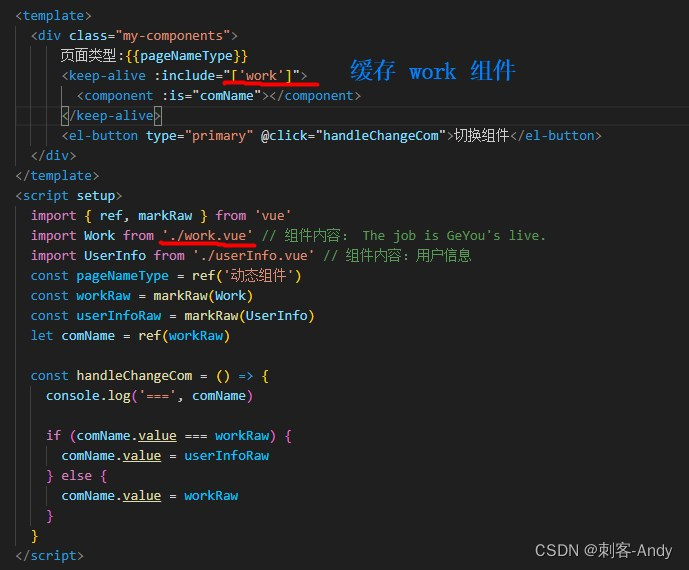
5、执行原理
……
function pruneCache(filter?: (name: string) => boolean) {
cache.forEach((vnode, key) => {
const name = getComponentName(vnode.type as ConcreteComponent)
if (name && (!filter || !filter(name))) {
// 当前缓存的组件名称 和 当前活跃的组件名称不相同,则移除该组件
pruneCacheEntry(key)
}
})
}
function pruneCacheEntry(key: CacheKey) {
const cached = cache.get(key) as VNode
if (!current || !isSameVNodeType(cached, current)) {
// 卸载
unmount(cached)
} else if (current) {
// current active instance should no longer be kept-alive.
// we can't unmount it now but it might be later, so reset its flag now.
// 重新设置缓存标识
resetShapeFlag(current)
}
cache.delete(key)
keys.delete(key)
}
// prune cache on include/exclude prop change
// 观测 include | exclude 的值变化,并且能观测到更新后的DOM,进行缓存更新
watch(
() => [props.include, props.exclude],
([include, exclude]) => {
include && pruneCache(name => matches(include, name))
exclude && pruneCache(name => !matches(exclude, name))
},
// prune post-render after `current` has been updated
{ flush: 'post', deep: true },
)
……
// 判断是否达到最大缓存数量
if (max && keys.size > parseInt(max as string, 10)) {
pruneCacheEntry(keys.values().next().value)
}
……
在vue3 中,keep-alive 使用 cache 一个 Map 对象,key 是组件名称,value 是组件实例,通过缓存组件实例,避免重复加载DOM,提升用户体验。
而在vue2 中,keep-alive 使用 cache 一个 Object 对象;相比较Map 对象性能更好;
仅代表个人观点,如有错误,欢迎批评指正

